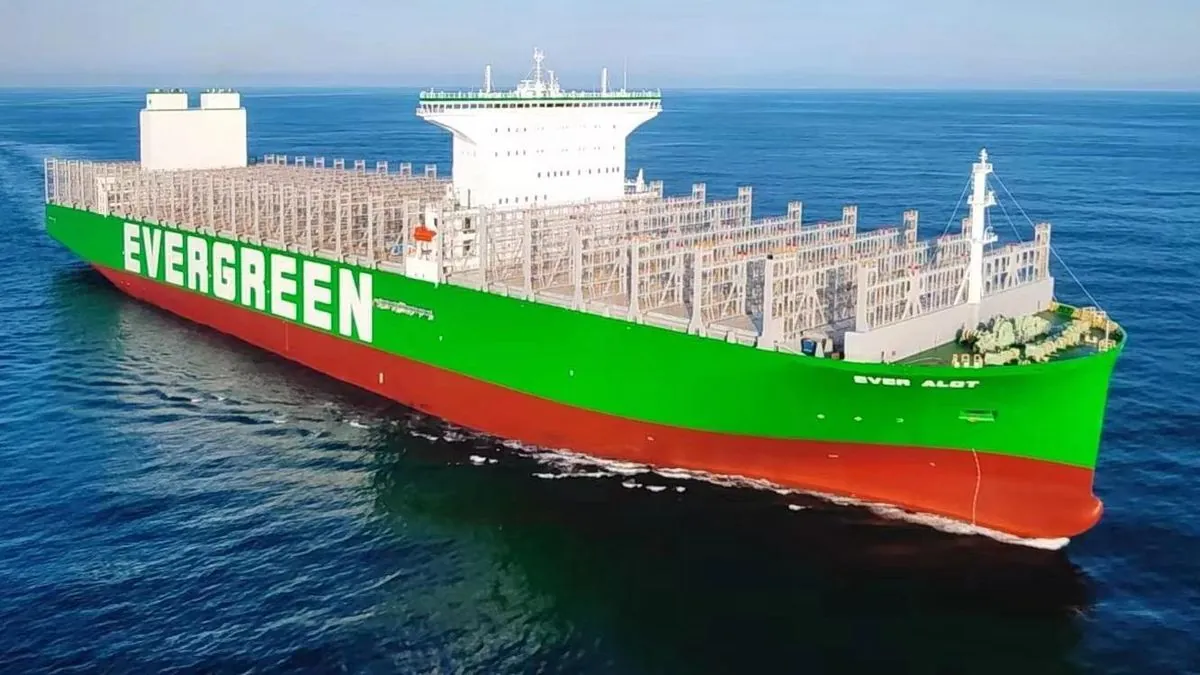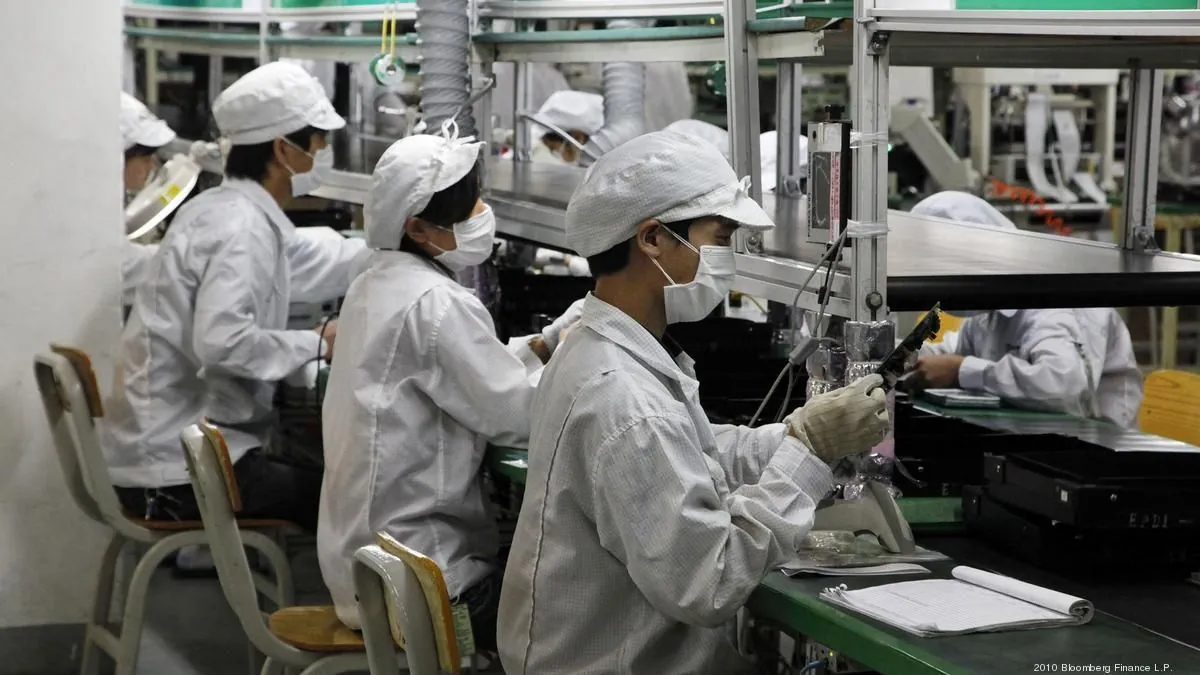China's August Exports Surge Amid Trade Tensions and Economic Challenges
China's exports grew 8.7% in August, outpacing expectations, while imports lagged. The data highlights economic challenges and growing trade barriers, raising concerns about sustainable growth.

China's export sector demonstrated resilience in August 2023, with outbound shipments growing 8.7% year-on-year, marking the fastest pace since March 2023. This performance surpassed economists' expectations of a 6.5% increase and outpaced July's 7% growth. However, the import figures painted a different picture, with a mere 0.5% increase, falling short of the anticipated 2% boost and significantly below July's 7.2% growth.
China, the world's largest exporter of goods since 2009, continues to rely heavily on its export sector as a key driver for its $19 trillion economy. This dependence comes at a time when the nation faces significant domestic economic challenges, including a prolonged property market slump and weak consumer confidence stemming from a sluggish labor market.
The contrast between export growth and lackluster imports highlights the ongoing struggle to revitalize domestic demand. Economists warn that an overreliance on exports may jeopardize China's ability to meet its growth targets, especially in light of recent underwhelming economic data. This situation has intensified pressure on policymakers to implement additional stimulus measures to reinvigorate the Chinese economy.

The manufacturing sector, a crucial component of China's economy, has experienced six consecutive months of contraction as of August 2023. Producers report that factory gate prices have reached their lowest point in 14 months, suggesting that firms are resorting to price cuts to secure overseas buyers. This strategy, while potentially boosting export volumes, raises concerns about the sustainability of such price-driven export momentum.
China's export-led growth model, which has been instrumental in its economic rise, faces mounting challenges in the form of increasing trade barriers. The country's efforts to negotiate with the European Union to ease tariffs on Chinese electric vehicles have made little progress. Additionally, Canada recently announced a 100% tariff on Chinese EVs and a 25% tariff on Chinese steel and aluminum.
As China attempts to pivot and redirect more exports to Southeast Asia, it encounters resistance in these markets as well. India is considering raising tariffs on Chinese steel, Indonesia is contemplating heavy duties on textile imports, and Malaysia has initiated anti-dumping investigations into plastic imports from China and Indonesia.
"Exports have been a bright spot, but it cannot be assumed that it will be sustained."
Lu cited a higher base of comparison, increasing trade restrictions, and widening price declines as key challenges for China's export sector in the coming months.
The current export performance should be viewed in the context of China's broader economic trajectory. Since joining the World Trade Organization in 2001, China has rapidly ascended to become the world's largest trading nation in 2013. The country's export mix has shifted towards higher-value goods over the past decades, aligning with initiatives like "Made in China 2025," which aims to upgrade manufacturing capabilities.
Despite the current export growth, analysts remain cautious about the outlook for China's exports. The combination of domestic economic challenges, increasing global trade tensions, and the potential for market saturation in key export destinations suggests that maintaining this level of export growth may prove challenging in the long term.
As China navigates these complex economic waters, the government's ability to balance export-driven growth with domestic economic reforms and consumption stimulation will be crucial in determining the country's economic trajectory in the coming years.


































